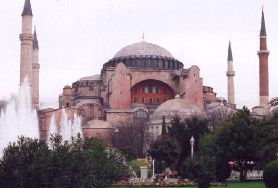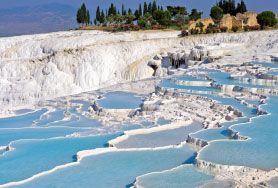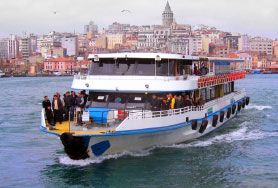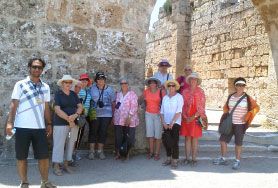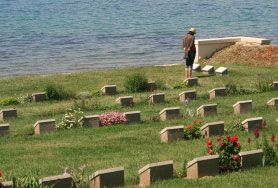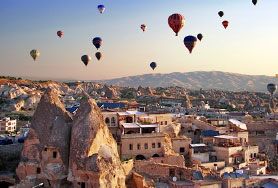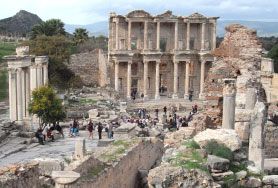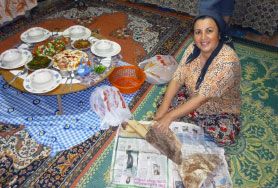There are many churches and monasteries in the region such as St Meryemana Church, Mor Behnam Church 569 AD, Mor Yusuf, Syrian Orthodox Saffron Monastery (439AD), Mor Mihail and Mor Semune Churches, Mor Petrus and Pavlus and Mor Cercis Church and Mor Efraim Monastery.
Historically significant Islamic buildings are Kasimiye Madrasseö Ulu Mosque (Great Mosque – 12CAD), Melik Mahmut and its tomb (14CAD), Rehaniye Mosque, Adbullatif Mosqueö Sehidiyre Medresse and Mosque. The Sitti Radviyye Maddresse 12CAD contains a footprint believed to be that of Mohammed.
The Mardin Museum houses many valuable artifacts ranging from the Old Bronze Age to the Ottoman era. The archeology and ethnography sections of the museum exhibit valuable collections of precious artifacts and are definitely worth a visit.




